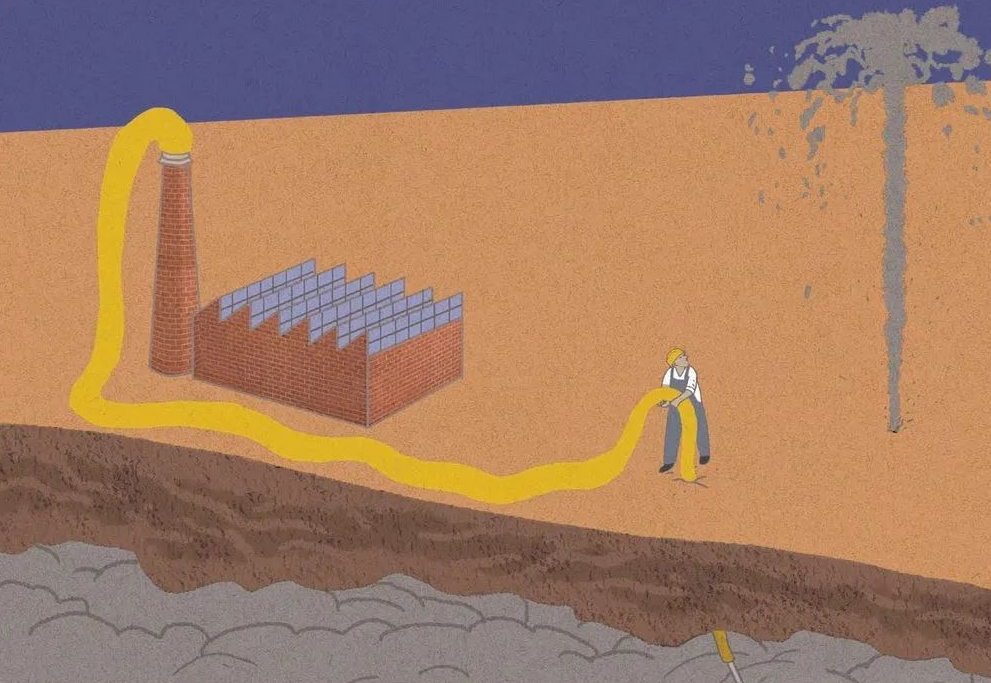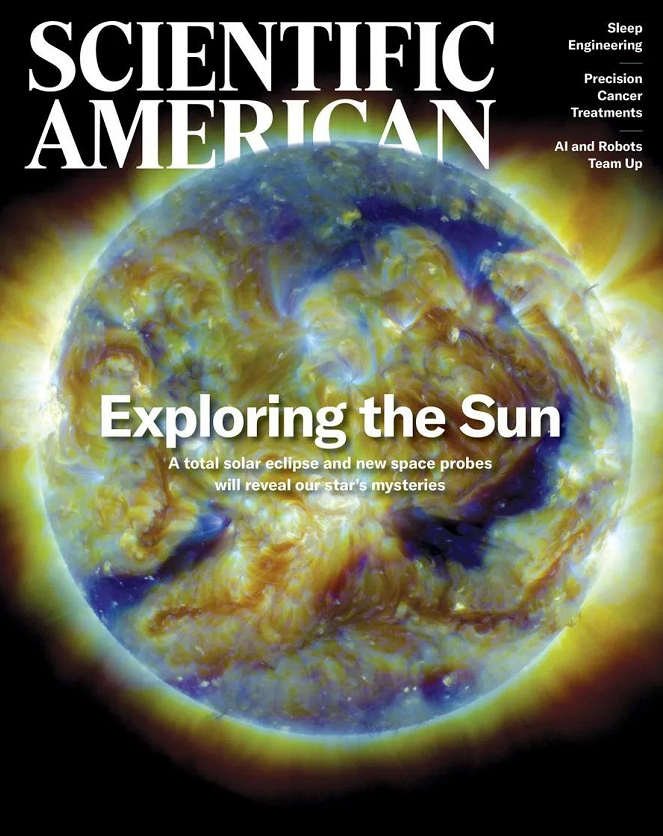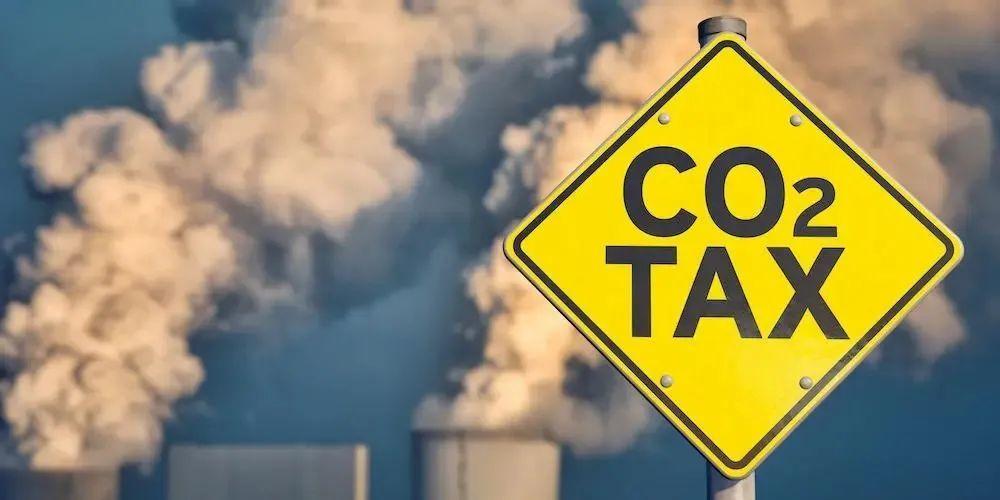
碳捕獲作為氣候解決方案的虛假承諾
化石燃料公司利用捕獲的二氧化碳來提取更多化石燃料,導致大氣中二氧化碳凈增加
去年十二月,在迪拜舉行的聯合國氣候變化大會(COP28)的領導者宣布取得勝利,與會各方同意“逐步淘汰”化石燃料。但是,當各國試圖確定什么算作過渡時,一個大問題將依然存在爭議:所謂的不受限制的化石燃料使用。協議中的一項內容是呼吁“加速向不受限制的煤電減排過渡”。
在這里,減排指的是碳捕獲和儲存(CCS)。其想法是我們可以繼續使用化石燃料,只要排放的二氧化碳被捕獲并儲存在地下。在美國,石油和天然氣行業一直在推動這種方法,作為解決氣候危機的關鍵解決方案之一。但這有多現實呢?
讓我們先來看一些事實。石油是粘稠的物質,當你試圖從油藏中抽油時,大部分石油被留在了后面,粘在巖石上。但如果你用水、洗滌劑或氣體(如二氧化碳)淹沒油田,你可以沖出大部分剩余的石油。這種技術被稱為提高石油回收率,它已經是行業標準做法很長時間了。據美國能源部表示,氣體注入占美國提高石油回收率的一半以上,并且已經幫助那些本來現在可能已經耗盡的油田增加了數十年的壽命。同樣的方法也用于氣田,以保持壓力使天然氣持續流動。
近年來,石油工業試圖將這種老方法包裝成新瓶,將其描述為緩解氣候變化的方法,因為一些注入的二氧化碳可能會最終進入大氣。理論上,這是一個好主意。但實踐中,存在很大問題。
眾所周知,凡是上升的都必須下來,反之亦然(至少對于液體或氣體而言),因為流體能夠通過即使是最堅硬巖石中也存在的微小孔隙和裂縫遷移。在美國政府花費數十億美元評估位于內華達州的潛在民用核廢料處理場地尤卡山后,該提案部分原因是失敗的,因為科學家們無法保證廢料會就地不動。那些廢料主要是固體和液體混合物。我們為阻止氣候變化而需要儲存的二氧化碳廢物將是一種浮力大、粘度低的“超臨界”流體,即在如此高的溫度和壓力下維持,以至于不存在明顯的氣體和液體階段。像所有流體一樣,它有能力通過地面遷移,并找到回到地表的路徑,從那里進入大氣。
包括我在內的許多地質學家相信,地球上有些地方可以安全實現長期儲存二氧化碳,但這需要科學家所說的“場地特征研究”。這意味著需要對位置進行足夠詳細的研究,以確信放置在那里的東西會留在那里。例如,美國目前在新墨西哥的低滲透率鹽層中儲存軍事放射性廢料,并且在北達科他州有許多待決議的提案,計劃在低滲透率頁巖覆蓋的砂巖中儲存二氧化碳。
但場地特征研究需要時間,而我們沒有這個時間。能源部花了20多年時間評估尤卡山,在新墨西哥的場地研究了大約14年。政府間氣候變化專門委員會在2018年得出結論,我們只有到2030年才能阻止不可逆轉的氣候破壞,因此我們迫切需要專注于現在就能實施的解決方案。
我們可以通過擴大現有的碳捕獲和儲存站點來快速啟動該項目。正如麻省理工學院教授查爾斯·哈維和企業家庫爾特·豪斯所解釋的,問題是美國幾乎所有的CCS項目實際上都是增強回收項目,它們保持石油和天然氣的流動,并且每賣出一桶新石油和每燃燒一立方英尺的天然氣都會向大氣中排放更多的二氧化碳。所以這些項目不僅沒有幫助,而且在歷史上的一個關鍵時刻,當我們需要做的恰恰相反時,它們卻在延續我們對化石燃料的使用。
盡管美國政府已經在失敗的CCS項目上花費了數十億美元,但根據《通脹削減法案》(IRA),它將花費更多的數十億美元,其中很大一部分是以稅收補貼形式給化石燃料公司的。理論上,IRA的稅收抵免應該用于“安全”的碳儲存,但確保二氧化碳不會重新泄漏回大氣的機制充其量是脆弱的。更糟的是:環境保護署得出結論,如果CCS的價格下降——例如由于稅收抵免或規模經濟——一些目前關閉的油田或天然氣田可能會重新開放。
還有另一種CCS模式:冰島的Orca工廠,那里將二氧化碳直接從空氣中取出并溶解在水中,然后與玄武巖反應——這種巖石組成了冰島和海底地面——形成穩定的碳酸鹽礦物。但這個過程的成本極高:每噸捕獲的二氧化碳需要1200美元。(比爾·蓋茨為微軟談判了一筆“僅”600美元/噸的大宗交易。)美國每年產生約6000百萬噸二氧化碳。為了簡化計算,如果我們假設每噸成本為1000美元,那么抵消美國排放量將每年花費大約6萬億美元。隨著時間的推移,這些成本可能會降低,但我們沒有時間了。
據說,有人曾問圣雄甘地對西方文明有何看法。他回答說:“這將是一個好主意。”關于作為解決氣候危機的方案的碳捕獲和儲存也可以這么說。雖然它可能在未來成為解決方案的一部分,但現在它大多是一個危險的分心。我們的焦點和稅收美元應該集中在盡可能快地擴大成本競爭力的可再生能源生產、大規模電網電池儲能以及節能措施上。
作者:NAOMI ORESKES
哈佛大學科學史教授。她是《為什么信任科學?》(普林斯頓大學出版社,2019年)的作者以及《大神話》(布魯姆斯伯里出版社,2023年)的合著者。

《科學美國人》雜志 第330卷 第3期
本文最初以《碳捕捉的虛假承諾》為標題發表在《科學美國人》雜志上。
原文:
The False Promise of Carbon Capture as a Climate Solution
Fossil-fuel companies use captured carbon dioxide to extract more fossil fuels, leading to a net increase in atmospheric CO2
Last December the leaders of the United Nations Climate Change Conference (COP28) in Dubai declared victory as the parties agreed to “transition away” from fossil fuels. But there's a big issue that will remain contentious as countries try to define what counts as a transition: so-called unabated fossil-fuel use. Among its provisions, the agreement called for “accelerating efforts towards the phase-down of unabated coal power.”
Abatement in this context means carbon capture and storage (CCS). It's the idea that we can still use fossil fuels as long as the carbon dioxide emitted is captured and stored in the ground. In the U.S., the oil and gas industries have been pushing this approach as one of the key solutions to the climate crisis. But how realistic is it?
Let's start with a few facts. Oil is sticky stuff, and when you try to pump it out of a reservoir, most of it gets left behind, stuck to the rocks. But if you flood a field with water, detergents or gas (such as CO2), you can flush out much of the remaining oil. This technique is known as enhanced oil recovery, and it's been standard industry practice for a long time. According to the U.S. Department of Energy, gas injection accounts for more than half of the enhanced oil recovery in the U.S. and has helped to add decades of life to fields that would otherwise by now have run dry. The same approach is used in gas fields to maintain the pressure that keeps the gas flowing.
In recent years the oil industry has tried to pour this old wine into new bottles, casting the practice as a method of mitigating climate change because some of the injected CO2 might otherwise end up in the atmosphere. In theory, it's a good idea. In practice, there are big problems.
We all know the saying that what goes up must come down, but the opposite is largely true, too (at least if the materials involved are liquid or gas), because fluids migrate through the microscopic holes and fractures that are found in even the most solid of rocks. After the U.S. government spent billions evaluating a potential civilian nuclear waste disposal site at Yucca Mountain in Nevada, the proposal failed in part because scientists could not guarantee that the waste would stay put. That waste was mostly a mix of solids and liquids. The waste CO2 that we would be storing to stop climate change would be a buoyant, low-viscosity “supercritical” fluid—that is, a fluid maintained at such a high temperature and pressure that distinct gas and liquid phases do not exist. Like all fluids, it would have the capacity to migrate through the ground and find its way back to the surface and, from there, the atmosphere.
Many geologists (myself included) believe there are places on Earth where long-term CO2 storage could be safely achieved, but it would require what scientists call “site characterization.” That means studying the location in enough detail to be confident that things put there will stay there. For example, the U.S. currently stores military radioactive waste in low-permeability salt formations in New Mexico, and there are numerous pending proposals to store CO2 in sandstones overlain by low-permeability shales in North Dakota.
But site characterization takes time that we don't have. The DOE spent more than 20 years evaluating Yucca Mountain. It spent some 14 years studying the New Mexico site. The Intergovernmental Panel on Climate Change concluded in 2018 that we have only until 2030 to stop irreversible climate damage, so it's urgent that we focus our attention on solutions that can be implemented right now.
We could jump-start the project by expanding existing carbon capture and storage sites. The problem, as Massachusetts Institute of Technology professor Charles Harvey and entrepreneur Kurt House have explained, is that nearly all CCS projects in the U.S. are actually enhanced-recovery projects that keep the oil and gas flowing, and every new barrel of oil and cubic foot of gas sold and burned is putting more CO2 into the atmosphere. So not only do these kinds of projects not help, but they perpetuate our use of fossil fuels at a critical moment in history when we need to do the opposite.
Despite the U.S. government having spent billions on failed CCS projects, under the Inflation Reduction Act (IRA), it is set to spend many billions more, a lot of it in tax subsidies to fossil-fuel companies. In theory, IRA tax credits are to be used for “secure” carbon storage, but the mechanisms for ensuring that CO2 is not leaking back into the atmosphere are flimsy at best. And it gets worse: the Environmental Protection Agency has concluded that if the price of CCS falls—because of tax credits, for example, or economies of scale—some currently closed oil or gas fields might reopen.
There is another model for CCS: the Orca plant in Iceland, where CO2 is taken directly from the air and dissolved in water, which then reacts with basalt—the rock that makes up both Iceland and the ocean floor—to create stable carbonate minerals. But it's wildly expensive: $1,200 per metric ton of captured CO2. (Bill Gates has negotiated a bulk deal for Microsoft at “only” $600 per ton.) The U.S. produces about 6,000 million metric tons of CO2 per year. If for ease of arithmetic we assume a cost of $1,000 per ton, then offsetting U.S. emissions would cost about $6 trillion every year. In time these costs will probably come down, but time is what we don't have.
It is said that Mahatma Gandhi was once asked what he thought of Western civilization. He replied, “It would be a good idea.” The same could be said about carbon capture and storage as a solution to the climate crisis. Although it might be part of the solution down the road, right now it's mostly a dangerous distraction. Our focus—and our tax dollars—should be trained on scaling up production of cost-competitive renewable energy, grid-scale batteries for storing that energy and efficiency measures to conserve it as fast as we possibly can.
特別聲明:本網站轉載的所有內容,均已署名來源與作者,版權歸原作者所有,若有侵權,請聯系我們刪除。凡來源注明低碳網的內容為低碳網原創,轉載需注明來源。
-
1
-
2
-
3
-
4
-
5
-
6
-
7
-
8
-
9














